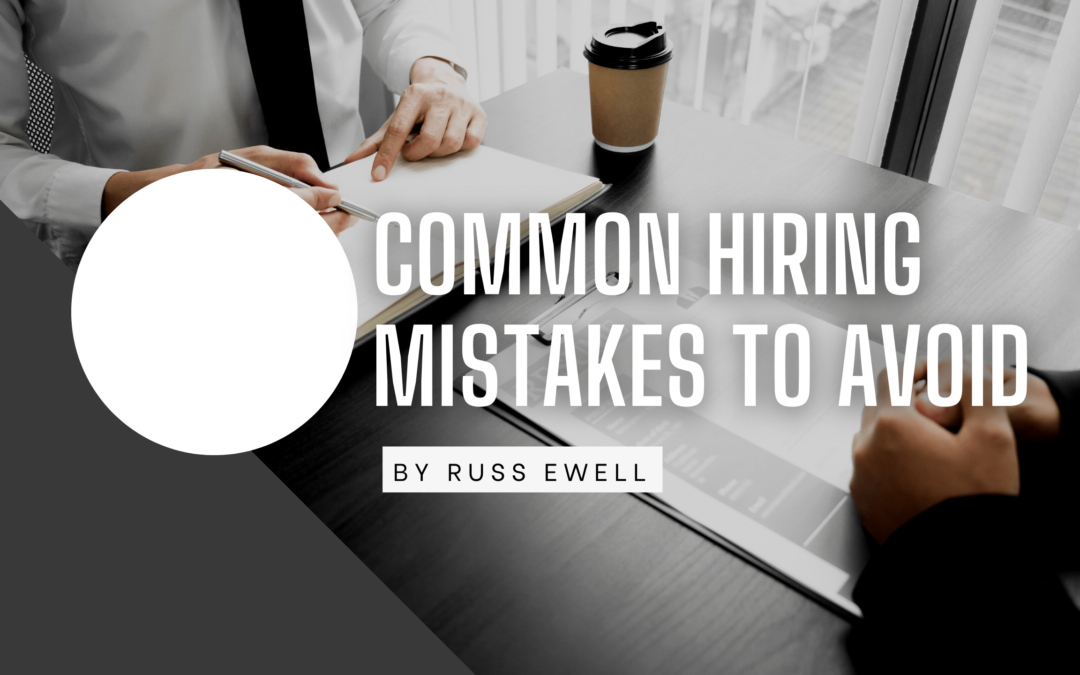Although it can take a long time to find the right candidate, hiring managers can save a lot of money and time by following a process that involves careful consideration. This can help them avoid potential problems and make the most of their time. In this article, we’ll talk about some common mistakes that hiring managers make and how they can prevent them from happening.
Making the right decisions when hiring can save you both time and money. By choosing the ideal candidate for the job, you can potentially lower your turnover rate. A turnover rate refers to the number of employees who leave a company within a certain period. This means that your hiring process can be more streamlined.
Forgetting to Check References
Before you start the hiring process, it’s important that you thoroughly check the references of the candidates. This will allow you to better understand their skills and experience. Another way to identify if the candidate fits the company’s culture is by talking to them directly.
You should ask candidates to provide references, and you should also check their educational credentials. Having multiple references can help you identify if the candidate is honest in their resume. Negative or positive details about the candidate can be helpful in your decision-making process.
Not Having a Phone Interview
One of the best ways to improve the efficiency of your hiring process is by conducting pre-interviews. These interviews can help you clarify the details of the candidate’s resume and provide insight into their capabilities.
After reviewing a candidate’s resume, contact them to schedule a pre-interview. This can be a short phone call that allows you to ask the candidate to clarify their position on certain topics. For instance, if a candidate provides a list of conflict resolution skills, you can infer their application and meaning from this list, but during a pre-interview, you can ask them to clarify.
Not Being Clear and Specific in Job Descriptions
A well-written job description is one of the most important factors you should consider when hiring. It can help you identify the position’s responsibilities and provide insight into the candidate’s capabilities. Having the company’s values added to the description can also help potential candidates assess if they’re a good fit for the job.
A well-written job description is also one of the most important factors you should consider when hiring. It can help you identify the position’s responsibilities and provide insight into the candidate’s capabilities. Having the right keywords in it can help you attract the right candidates.
Not Using Technology
Various technology tools can help improve the efficiency of your hiring process. They can help make it more cost-effective and efficient by automating certain aspects of the hiring process.
You can also use social media to post job openings. In addition to applying for the position on your company’s page, candidates will most likely look for other opportunities through an organization’s page.
One of the most common tools that can help improve the efficiency of your hiring process is software that can be purchased or used online. This software can help you review and filter the applications that come through your website.
Some people still use traditional classified ads to find new jobs. However, people are more likely to search for opportunities through online platforms such as Craigslist and other classified ads.
People are also more likely to search for jobs through mobile devices. Therefore, you must have job listings included in these types of applications.
Rushing Through the Process
Follow the hiring protocol of your company to find the ideal candidate the first time. Doing so can help you avoid having to repeat the process and ensure that you find the right candidate for the job. It can also save you time and money in the long run as you can get the candidate that fits the job description exactly. Conduct more interviews or widen your search to find more potential candidates.
Not Listening to Your Candidate
The goal of an interview is to determine if the candidate fits the role and the position’s requirements. Structuring the interview into two parts can help improve its efficiency. In the first part, you will ask the candidate about their qualifications and the role. You will discuss the role and the candidate’s capabilities in the second part.
To ensure that you’re getting the most out of the interview, ask your candidates to provide you with open-ended questions. This will allow you to get longer, more developed answers. Also, by permitting occasional silence, candidates might be able to offer new insight into their skills or experience.
